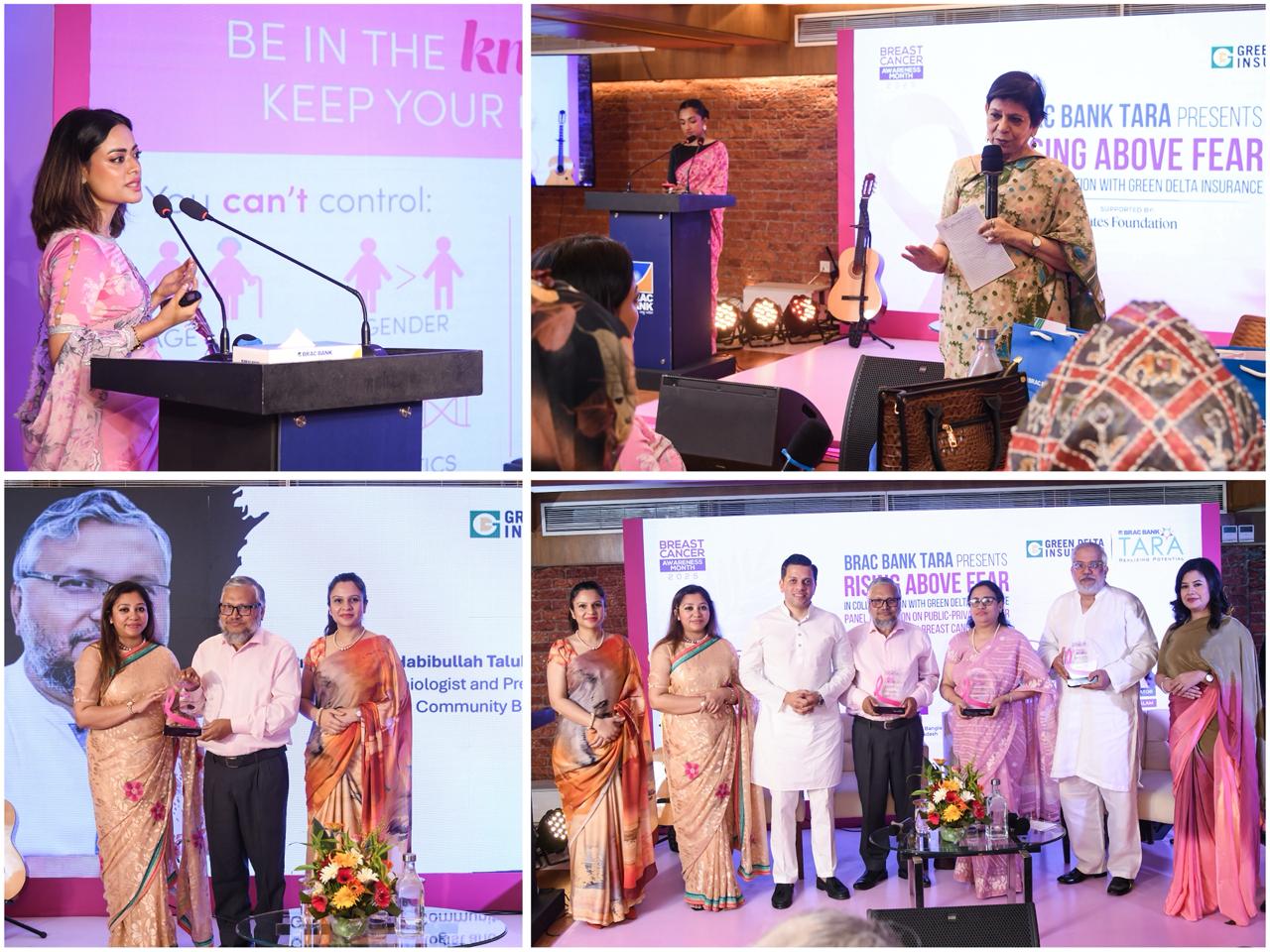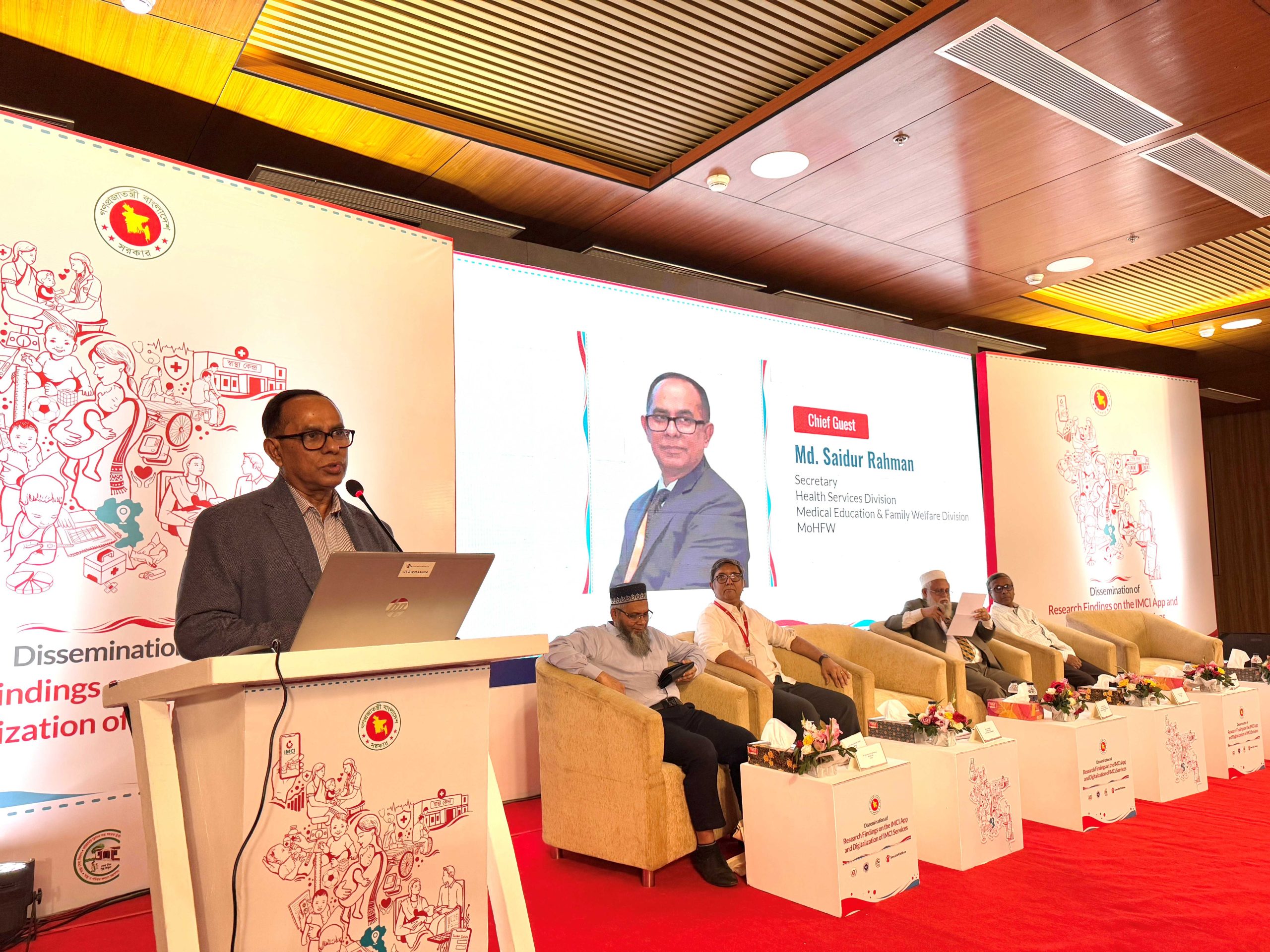If you have visited the Sadarghat Launch Terminal in the past few years, you may have seen the waves of plastic bottles, poly packs, and other plastic waste. Some have been there for weeks or even months. Since such waste material is not biodegradable, it will mostly remain there, pilling and creating an almost choking environment. In 2020, the average per capita plastic consumption in urban areas was 9 kgs, tripling from 3 kgs just a decade ago. For obvious reasons, we are left to ponder the factors that may have contributed to the exponential rise of plastic waste in our environment. The answer, however, might not surprise you.
The Underlying Issue
The commercial use of plastic has been the root cause of all the damages that are being done. Garment factories often throw away plastic additives without maintaining proper recycling guidelines. If we take a look at the cause, humans don’t instinctively want to throw waste here and there without regard to the environment. However, small instances here and there help to break the bubble of restraint. In 2016, the Dhaka North City Corporation and Dhaka South City Corporation had set up around 6,700 trash cans along the roadsides of Dhaka with an average cost of BDT 8000 per trashcan. Although the campaign had brought significant results for the first few months, gradually, the trashcans started to go missing. By 2018, almost 80% of the trash cans that both corporations had set up had either been stolen or had gotten damaged. Consequently, throwing trash on the streets again became mainstream. It showed that changing the behaviour of a large mass would be a process that would take time. The government, therefore, needed other strategic approaches that might contribute to the solution.
The Increased Usage of Plastic
With an expanding economy, plastic usage in the country has increased exponentially over the last two decades. The usage of LDPE packaging materials such as plastic bags have increased fivefold from 2005 to 2020. The increase has happened since the commercial use of plastic in packaging has increased by a large margin. As the population has grown, overall demand for products and their packaging materials rose as well. On average, 646 tons of plastic waste are collected regularly in Dhaka, which adds up to 10% of all waste generated in Bangladesh. The ratio has become like this due to the fast-paced lives in the urban area. People in cities are more exposed to plastic products than people in rural or non-urban areas. It indicates that the high rise of plastic usage and overall plastic pollution has significantly surged in urban areas. The covid-19 pandemic has worsened the plastic pollution all over Bangladesh as the hospitals generated more plastic wastes than ever in this time.
Government Initiatives
The ministry of environment, forest, and climate change had issued a ban on plastic carry bags in 2002. It achieved significant control over the use of single-use plastic and helped curb its usage. However, the regulation was not sustainable as the authorities could not facilitate a viable alternative to polythene carry bags. The directive was reinforced with little success in 2018. Similarly, in 2020, a high court order was issued to ban single-use plastic in coastal areas and all hotels and motels across the country.

The Silver Lining
Increased plastic pollution in the country has drawn global attention. The world bank has conveyed research before regarding the problem and found some interesting insights. It has also collaborated with the Bangladesh government to address the problem by introducing the circular economy concept, promoting the 3R strategy: reuse, reduce and recycle. Eun Joo Allison Yi, World Bank senior environment specialist, said, “To implement the national action plan focusing on the 3R strategy, commitments from all stakeholders including the government and the citizens are important.”
Under the plan, a national strategy has been undertaken to recycle 50% of plastic waste by 2025. In the current scenario, 48% of plastic waste goes to landfills, 37% is recycled, 12% ends up in water bodies, and 3% is dumped in drains and unserved areas. Currently vendors are manufacturing virgin materials locally to meet the demand for plastic. The production of virgin materials is harmful to the environment in the production process, but the produced goods would end up in landfills and water after use. Therefore, if properly recycled, plastic waste can contribute to the high demand for plastics.
The directive was reinforced with little success in 2018. Similarly, in 2020, a high court order was issued to ban single-use plastic in coastal areas and all hotels and motels across the country.
The national plan also aims to phase out single-use plastic consumption by 2026; for example, the use of thin-layered coffee and teacups, plastic bottles, and other materials will be banned. Most plastic wastes seen in the public primarily consist of single-use plastic packaged products that do not hold much value after primary and reducing the use of single-use plastics would be a significant milestone. To meet the demand for carrying bags, the government will promote the production and supply of jute-based bags that are biodegradable. If the government successfully reduces single-use plastic consumption, plastic wastage will decrease significantly. However, replacing the cheap and widely used plastic segment might be challenging.
In the current scenario, 48% of plastic waste goes to landfills, 37% is recycled, 12% ends up in water bodies, and 3% is dumped in drains and unserved areas. Currently vendors are manufacturing virgin materials locally to meet the demand for plastic.
The plan also includes reducing virgin material consumption by half, by the year 2030. It will help to bootstrap the recycling process as the manufacturers of virgin materials will have some restrictions over their production and the production process will rely on plastic wastes to some extent. The strategy also plans to increase awareness among commercial industries to recycle the used products by harnessing help from customers. This way, the organisations that abide by the suggestions may also be given incentives.
The Way Forward
Although the government has taken different initiatives that would reduce plastic wastes in the future, the succession of the project partially depends on the role we play as customers. Consumers have a responsibility to promote biodegradable products as much as possible. It will encourage vendors to source non-plastic items, contributing to the long-term vision. Subsequently, if circumstances force people to use plastic materials, consumers are responsible for ensuring they are appropriately recycled. Topping that off, both the government and the private sector need to invest in local startups innovating and mobilising resources to help curb plastic pollution. Plastic pollution is a widespread problem that significantly impacts the sustainability of our aggregate environment. environment’s sustainability. It threatens our waterways, the health of our aquatic species, food safety and quality, human health, coastal tourism, and contributes to climate change. As a nation, we need to implement a holistic approach to this crisis before the situation snowballs into a disaster.















